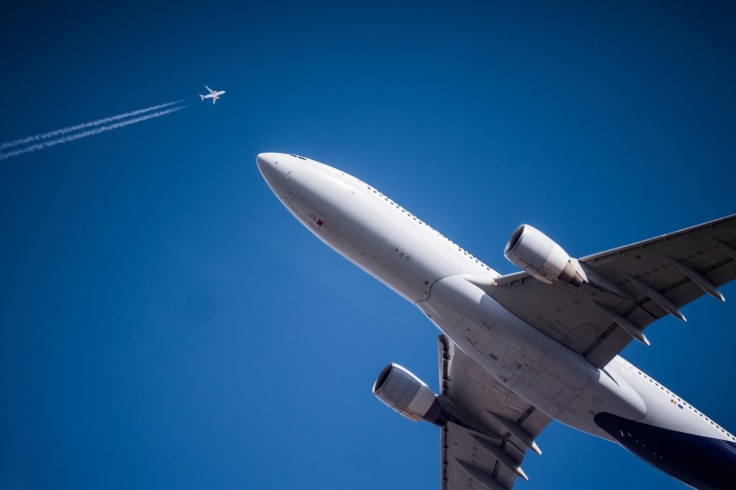
After the plane took off with too much fuel, passengers had to spend two hours flying at low altitude before landing back at the airport.
Vueling Flight VY6227 Had Excessive Fuel
At 9.32 p.m., Vueling aircraft VY6227 departed from the Sussex airport with a projected arrival time in the Italian city of just before 1 a.m. local time. Instead, two hours after takeoff, the Airbus A320, which had about 170 passengers on board, landed at Gatwick once again, according to a news story of The Independent.
For an hour and 51 minutes, the plane circled England's south coast. According to Business Insider, citing flight-tracking site FlightRadar24's data, the plane's height while circling went from 5,900 feet to 8,000 feet.
Passengers that were there tweeted about the incident. Twitter user Francesco Ricci claimed that the aircraft needed to return to Gatwick so that extra fuel could be unloaded.
A Twitter account called Flight Emergency said that the plane had returned to the airport after burning fuel for more than an hour just off the south coast "due to having too much fuel onboard."
Vueling flight VY6227 has now been burning fuel just off the south coast for over an hour after climbing out of Gatwick and will be returning
— Flight Emergency (@FlightEmergency) July 31, 2022
According to The Independent, it is unclear what plans were put in place for passengers to continue their flights. However, they appear to be entitled to a $220 per person reimbursement for the delay.
FlightRadar24 data, on the other hand, showed that the plane arrived in Barcelona on schedule after departing from London for a different flight the following day.
Why Can't an Airplane Have Too Much Fuel?
A separate Business Insider report said that planes are intended to land at lower weights. A heavier plane has a higher chance of making a rough landing and suffering damage.
Most flights don't take off or land with a full tank, but they may not take off with a full tank either. The flight planner determines how much fuel is required for the entire flight before launch.
In order for the plane to safely land, enough fuel must be burnt off during the duration of the flight, and the weight of the aircraft must decrease.
What Can a Pilot Do in Case the Plane Has Excessive Fuel?
This entails deliberately creating drag and flying in circles to burn up the extra fuel if the pilot has a little more time or doesn't have the ability to dump fuel like in many smaller craft, as noted by Business Insider.
The pilot doesn't really have time to fly around and burn fuel unless there is a medical emergency on board or someone is dying. Therefore, in that scenario, the pilot would dump fuel to swiftly drop weight.
To put it simply, a plane losing weight before it lands is called fuel dumping. However, the pilot can't do this as he pleases as the Federal Aviation Administration (FAA) has a handful of regulations in place for fuel dumping.









